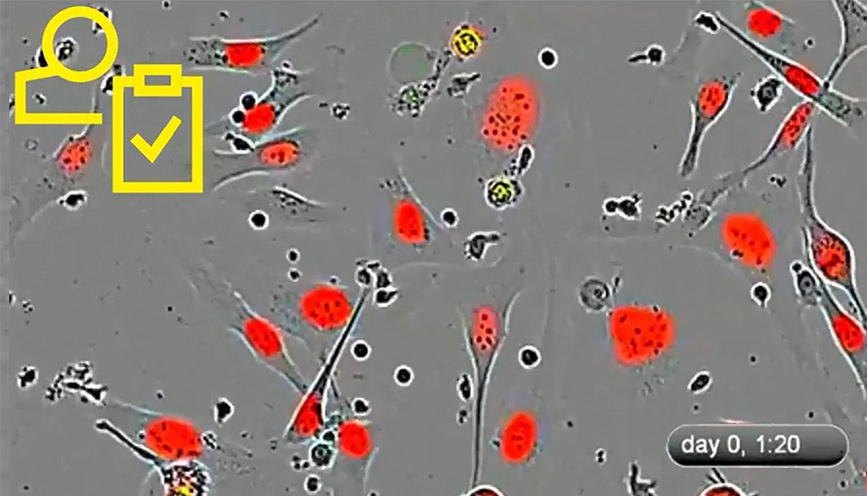Video: Bench Tip

See how live-cell imaging benefits your work with primary cell culture in this new Biocompare Bench Tip video
Make data-driven decisions while your experiment is in progress with live-cell imaging and analysis
Using primary cells in your research has many advantages and some disadvantages. Live-cell imaging gives you a way to evaluate dynamic primary cell populations, non-invasively, and in real-time. This ability improves your experimental consistency by reducing cellular stress.
You can readily assess the health and phenotype of your primary cells by monitoring the morphology, growth properties, and differentiation state within the native environment of your cell incubator by using an automated, live-imaging system.
Watch this new Biocompare Bench Tip video to see how easy primary cell culture can be with live-cell imaging.
The advantages of using primary cell culture
Compared with immortalized cells, primary cells have greater translational relevance because they maintain the true characteristics of their tissue source. With primary cells, it is possible to study the impact of donor-specific traits (such as age, genetics, or pre-existing medical conditions) that may impact the functional phenotype of cells. Furthermore, researchers can better understand disease development and progression by comparing normal primary cells to those taken from an individual with a condition such as cancer.
The challenges of using primary cell culture
Despite these advantages, working with primary cell cultures poses several major challenges. For instance:
- Primary cells are difficult to obtain in large numbers and many do not divide, making further scale-up difficult
- Primary cells are less robust than immortalized cell lines, meaning they can tolerate only a narrow range of culture conditions, which need to be optimized, and require extremely careful handling to avoid damage by environmental fluctuations
- Some primary cell types have limited survival time in culture, while others rapidly differentiate or de-differentiate. You, therefore, need to generate your data quickly
- Primary cells are never 100% pure, making it essential to minimize the growth of contaminating cells that may potentially skew results
Get greater consistency and scientific insight from your primary cell cultures with live-cell imaging.
- Live-cell imaging gives important kinetic and morphological information to help you get the most out of your primary cells
- Live-cell imaging allows you to easily monitor cultures over time, without perturbation, in your incubator
If you haven’t seen Biocompare’s Bench Tips video yet, now’s your chance! Watch now to learn how live-cell imaging addresses the challenges of primary cell culture!
